It's been a weird year -- and naturally -- it’s about to be topped off with an incredibly rare astronomical event. On December 21st, Jupiter and Saturn will overlap -- well they'll be about 0.1 degrees apart, that is. This occurrence is referred to as the “Great Conjunction of 2020,” the “Christmas Star,” or the “Star of Bethlehem.” What makes this event so rare, however, is that this astrological event hasn’t happened since 1226 AD! Oh and did we mention the 21st is also winter solstice? Yep, it's going to be a big night. So, for all you stargazers out there, are you ready to see Jupiter and Saturn like you’ve never seen them before? We know we are.
What’s a Conjunction?
A conjunction happens when two celestial objects appear to pass close to one another (as seen from us here on Earth). It’s their orbital alignment that changes and not their physical distance apart from one another. We see conjunctions happen more frequently when planets and stars align with the Moon. Although when two bright planets appear alongside one another, it's a real rarity & we’re pretty lucky to have a chance to see it!
How To View It
The super cool part about the "Christmas Star" is that you don’t need a telescope or binoculars to see it. This is because Jupiter shines brighter than any star in the sky and Saturn keep up it's brightness with help from it's rings. As these planets will appear to be one object, the “Christmas Star” will be very visible on the night of the 21st. And to those who have no clue what's going on, they'll be wondering what is happening in the night sky.
With that said, if you do have access to a telescope, you can see some pretty neat stuff on evening of the 21st. Through a one-lens-view, you will be able to see Jupiter’s four moons dance - Europa, lo, Calisto, and Ganymede and Saturn’s spectacular rings! Yep. You won't even have to reposition your telescope to see all of that magic.
When To View It
To witness the "Great Conjunction of 2020," those of us in the northern hemisphere should look to the southwest portion of the sky about 45 minutes after sunset to see the planets align on Dec. 21.
If you're using a telescope and are located in the Eastern United States, you'll be able to witness Ganymede as it transits Jupiter for three and a half hours beginning at around 7:04 P.M. EST. Telescopic viewers on the West Coast will see Ganymede’s shadow hovering over Jupiter’s cloud tops by 9:40 P.M. EST.
If you don’t have a telescope, Lowell Observatory will also host a livestream of the astrological event beginning at 7pm EST. Lowell astronomers and educators will show the live views of Jupiter and Saturn as seen through the observatory telescopes.
Until The Next Great Conjunction . . .
The next time this astrological occurrence will take place is in the year 2080, so humans don’t have to wait quite as long to see the spectacular phenomenon. However, given that many of us will not be around to witness the "Great Conjunction of 2080," we should treat this as 'a once in a lifetime' event. Mark your calendar, get your telescope ready, and be prepared to stare into interstellar space.






